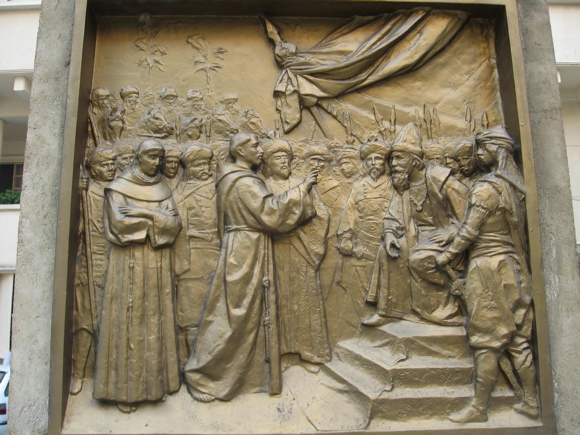Why is anti-abortion violence spiking–with George Tiller’s death at the hands of alleged shooter Scott Roeder just the latest and most high-profile episode?
Jon A. Shields, an assistant professor of government at Claremont McKenna College and author of an intriguing new book, “The Democratic Virtues of the Christian Right,” finds an explanation in the history of the abortion rights movement in which Roe v. Wade was the spur to radicalization–and things went downhill from there. Shields explains in an essay in The New Republic:
In 1973, Roe v. Wade dramatically changed abortion politics and the right-to-life movement in particular by pushing much of it out of the state houses and into the streets. Activists began staging “sit ins” as early as 1975 in Washington D.C. The pioneers of the “rescue” movement, as it came to be called by its evangelical heirs, reasoned–correctly, as it turned out–that they had little chance of passing a Human Life Amendment to the Constitution or changing the makeup of the court. “It was frustration and despair that split the anti-abortion movement in two,” Risen and Thomas explain. “Those who refused to accept the mainstream, incremental lobbying efforts moved into a ‘direct-action’ movement.”
That’s been said before, and is not so controversial. But he continues:
By the late 1980s, the movement had grown bigger and more aggressive from an influx of evangelical fundamentalists. Unlike the small sit-ins orchestrated by leftist Catholics, Operation Rescue orchestrated large clinic blockages in cities from New York to Los Angeles. The promise of this campaign–and the influence of Operation Rescue–actually controlled violence-prone extremists. Throughout the 1980s, for instance, there was an inverse correlation between abortion-related violence and the success of civil disobedience. As Christopher Keleher found in the DePaul Law Review, “the drop in the number of violent incidents correlated with increase in the number of nonviolent protests.” The nonviolent, civil disobedience seemed to control violence-prone radicals by providing them with an outlet for their pro-life zeal.
But this institutional restraint largely disappeared when Operation Rescue imploded in 1992, partly because of the autocratic management style of its leader, Randall Terry. And perhaps more importantly, many activists simply exhausted their energy and vacation time in jail. These internal failures were greatly compounded by the passage of the Freedom of Access to Clinic Entrances Act under the Clinton administration, which made it a federal crime to participate in clinic blockades. The collapse of Operation Rescue released violent radicals from any institutional constraints, leaving them to their own darkest desires. As Risen and Thomas explain, “Within two years of [the collapse of rescue], what was left of the movement was dominated by extremists who refused to place any limits on direct action to stop abortion.” Fueling radicalism even further, the Supreme Court upheld Roe just months after the collapse of Operation Rescue.
Violence soon followed…
He concludes:
“It is, of course, impossible to rerun history without the intervention of the Supreme Court and a federal crackdown on civil disobedience. We don’t really know if the passions this issue excites could have been channeled in a more constructive and peaceful direction, and it is likely that violence would have increased without the government’s involvement. Nonetheless, it is ironic that turbulent 1960s was the decade in which the coolest heads prevailed in abortion politics–and that the lack of radical institutions today may be what has bred the latest round of violence.”
Shields’ analysis strikes me as well-informed and challenging to all sides.

